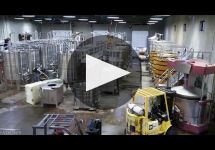Long Shadows Vintners Saggi 2020
-
Robert
Parker -
James
Suckling -
Jeb
Dunnuck



Product Details
Your Rating
Somm Note
Winemaker Notes
Vibrant and darkly hued in the glass, with juicy black currant, red fruit and oak spice aromas. On entry, a textured, lively mouthfeel enhances the wine's intense fruit character. Flavorful notes of wild strawberry and sour cherry are beautifully balanced with just the right amount of acidity stretching across a persistent finish.
Blend: 62% Sangiovese, 28% Cabernet Sauvignon, 10% Syrah
Professional Ratings
-
Robert Parker's Wine Advocate
The 2020 Saggi is composed of 62% Sangiovese, 28% Cabernet Sauvignon and 10% Syrah. The nose opens with classic red fruits and a floral and dusty note that wafts from the glass, then delightful and seductive dark fruit and baked clay notes release with additional time in the glass and swirling. Full-bodied, the Sangiovese blend offers a firm mouthfeel and bright and energetic cherry flavors before dusty florals grip the mid-palate. The wine continues to uncoil, offering notes of black raspberry over the succulent, food-friendly finish and lingering tannic edge. Bravo!
-
James Suckling
Notes of cassis, blackberries, black coffee, cocoa powder, toasted cedar and graphite. Full and structured with firm, slightly chewy tannins and mellow fruity ripeness coming through. The finish is rich and succulent with some creaminess to it.
-
Jeb Dunnuck
Lastly, the 2020 Saggi Red Wine is made by the talented Gilles Nicault (who is also the genius behind the quality of all these Long Shadows releases) and is 62% Sangiovese, 28% Cabernet Sauvignon, and the rest Syrah. Terrific red and black fruits, white pepper, sandalwood, and smoky oak all emerge on the nose, and it’s medium to full-bodied, has a balanced, layered mouthfeel, good length on the finish, and an overriding sense of purity and elegance that you don’t find often in the vintage. It will have 10-15 years of longevity.
Other Vintages
2019-
James
Suckling -
Jeb
Dunnuck -
Wine
Spectator
-
Jeb
Dunnuck
-
Jeb
Dunnuck -
Wine
Enthusiast
-
James
Suckling -
Wine
Enthusiast
-
James
Suckling -
Jeb
Dunnuck
-
Robert
Parker -
Wine
Enthusiast
-
Wine
Enthusiast
-
Robert
Parker -
Wine
Enthusiast
-
Robert
Parker -
Wine
Enthusiast
-
Wine
Enthusiast -
Wine
Spectator
-
Robert
Parker -
Wine
Enthusiast
-
Robert
Parker
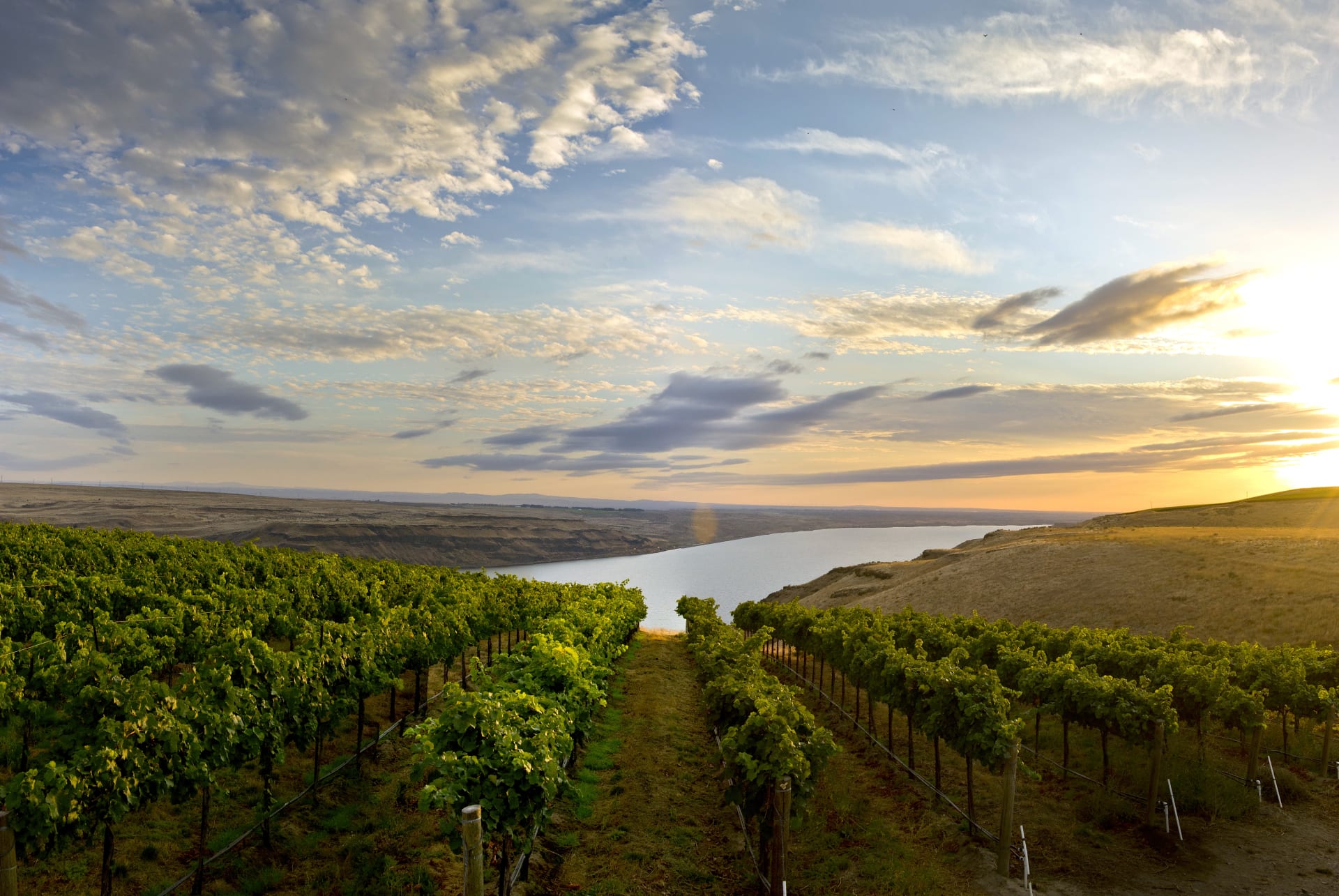
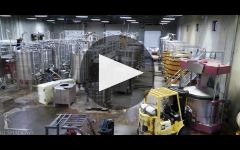
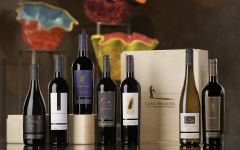
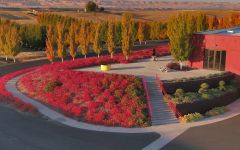
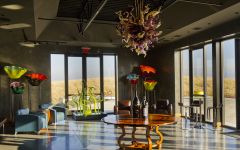
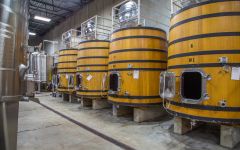
Long Shadows Vintners is a collection of seven ultra-premium wines, each built on the unique expertise of some of the world's most highly-regarded winemakers to showcase the viticultural quality and caliber of Washington State's Columbia Valley.
Founded by Washington wine visionary Allen Shoup in 2002, Long Shadows is the continuation of Allen's ongoing ambition to bring international recognition to the Columbia Valley. His idea for Long Shadows was as simple as it was complex. Recruit seven internationally acclaimed winemakers; give each access to Washington State's best grapes; and outfit a winery to the vintner’s exacting cellar specifications. The result, in effect, is seven stand-alone wineries, under one roof.
Since the beginning, Long Shadows' director of winemaking and viticulture Gilles Nicault, has overseen the operations of the winery and worked closely with the vintners to bring each winemaker's vision to completion. Internationally renowned winemakers Randy Dunn (Feather Cabernet Sauvignon); John Duval (Sequel Syrah); Philippe Melka (Pirouette Red Wine); and Michel Rolland (Pedestal Merlot) are active partners in their respective wines. Gilles now crafts Poet’s Leap Riesling and Saggi (Sangiovese/Cabernet Sauvignon) in styles that remain true to their original winemakers, Armin Diel and Giovanni Folonari respectively. Gilles crafts Chester-Kidder, a Cabernet Sauvignon/Syrah blend, independently.
Gilles works closely with the state's top growers to execute a diverse winemaking protocol at Long Shadows' state-of-the-art facility in Walla Walla to produce wines of exceptional quality, true to the Columbia Valley's terroir.

With hundreds of red grape varieties to choose from, winemakers have the freedom to create a virtually endless assortment of blended red wines. In many European regions, strict laws are in place determining the set of varieties that may be used, but in the New World, experimentation is permitted and encouraged resulting in a wide variety of red wine styles. Blending can be utilized to enhance balance or create complexity, lending different layers of flavors and aromas. For example, a red wine blend variety that creates a fruity and full-bodied wine would do well combined with one that is naturally high in acidity and tannins. Sometimes small amounts of a particular variety are added to boost color or aromatics. Blending can take place before or after fermentation, with the latter, more popular option giving more control to the winemaker over the final qualities of the wine.
How to Serve Red Wine
A common piece of advice is to serve red wine at “room temperature,” but this suggestion is imprecise. After all, room temperature in January is likely to be quite different than in August, even considering the possible effect of central heating and air conditioning systems. The proper temperature to aim for is 55° F to 60° F for lighter-bodied reds and 60° F to 65° F for fuller-bodied wines.
How Long Does Red Wine Last?
Once opened and re-corked, a bottle stored in a cool, dark environment (like your fridge) will stay fresh and nicely drinkable for a day or two. There are products available that can extend that period by a couple of days. As for unopened bottles, optimal storage means keeping them on their sides in a moderately humid environment at about 57° F. Red wines stored in this manner will stay good – and possibly improve – for anywhere from one year to multiple decades. Assessing how long to hold on to a bottle is a complicated science. If you are planning long-term storage of your reds, seek the advice of a wine professional.

A large and geographically diverse AVA capable of producing a wide variety of wine styles, the Columbia Valley AVA is home to 99% of Washington state’s total vineyard area. A small section of the AVA even extends into northern Oregon!
Because of its size, it is necessarily divided into several distinctive sub-AVAs, including Walla Walla Valley and Yakima Valley—which are both further split into smaller, noteworthy appellations. A region this size will of course have varied microclimates, but on the whole it experiences extreme winters and long, hot, dry summers. Frost is a common risk during winter and spring. The towering Cascade mountain range creates a rain shadow, keeping the valley relatively rain-free throughout the entire year, necessitating irrigation from the Columbia River. The lack of humidity combined with sandy soils allows for vines to be grown on their own rootstock, as phylloxera is not a serious concern.
Red wines make up the majority of production in the Columbia Valley. Cabernet Sauvignon is the dominant variety here, where it produces wines with a pleasant balance of dark fruit and herbs. Wines made from Merlot are typically supple, with sweet red fruit and sometimes a hint of chocolate or mint. Syrah tends to be savory and Old-World-leaning, with a wide range of possible fruit flavors and plenty of spice. The most planted white varieties are Chardonnay and Riesling. These range in style from citrus and green apple dominant in cooler sites, to riper, fleshier wines with stone fruit flavors coming from the warmer vineyards.
